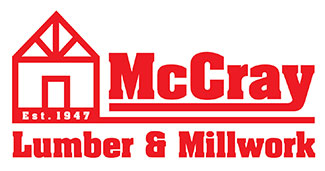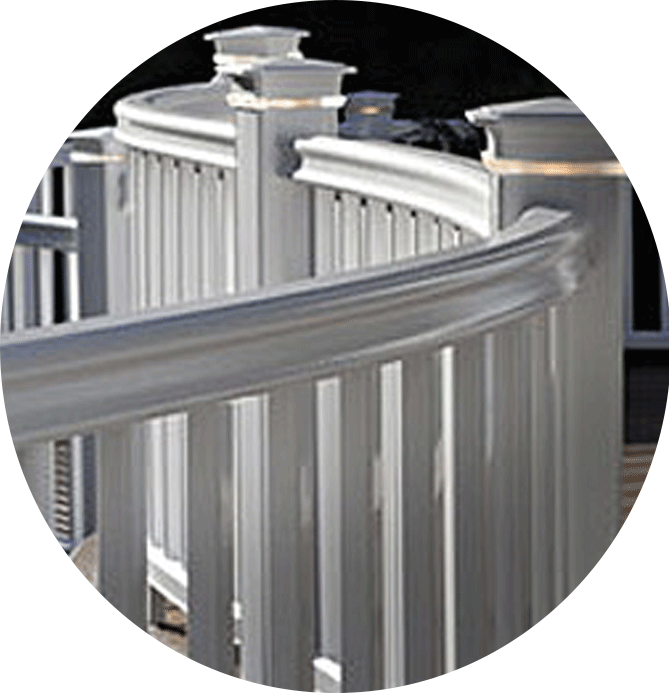In recent years there has been an increase in the number of decks that have collapsed, fallen apart, or failed in some other way. In many of those cases, these failures could have been prevented with routine maintenance. In an effort to increase public awareness that regular inspections and maintenance of existing decks and proper installation of new decks save lives and prevent injuries, the North American Deck and Railing Association has designated May as National Deck Safety Month.
Deck collapses and railing failures are the biggest concerns and are usually due to old age, poor maintenance, improper deck installation, or exceeding load capacity. According to NADRA, more than 40 million decks in the U.S. are more than 20 years old and built before current building codes were implemented, which require the use of bolts to attach the deck to the house rather than nails. Improper attachment to the house is the most common cause of a deck collapse. Collapses happen fast and with no warning. According to NADRA, more than 75 percent of people on a deck when it collapses are injured or killed.
Heavy snow can also weaken and damage your deck over the winter, making spring the ideal time to inspect your deck and make repairs before you open your deck for the summer season. It is a great idea to hire a professional home inspector, professional deck builder, or engineer to inspect your deck. If you prefer to inspect your deck yourself, NADRA recommends the following tasks be on your annual deck maintenance checklist:
- Split or decaying wood – Use an ice pick or a flat screw driver to check for split or decaying wood. If you can insert a sharp instrument more than ¼ inch deep or if the wood feels spongy or breaks off without splintering, you most likely have decay. Check the decking and railing as well as the support structures.
- Flashing – Remove any debris that may have collected around the flashing between the house and the ledger board. Replace any flashing that is damaged or missing and flashing in any areas where water may be collecting.
- Loose or corroded fasteners – Check the ledger board and make sure fasteners are in place and in good condition. Drive in loose nails and tighten screws and replace any that have rusted.
- Support posts and joists – Check all of the support posts and joists for structural soundness.
- Railing and banisters – Check to ensure that the railing and banisters are secure and not wobbly. They should not give at all when you push on them.
- Deck boards and stairs – Make sure deck boards and stairs not sagging and do not sway. Risers and strings should be securely attached.
- Cleaning and maintenance – Remove everything from the deck, including furniture and plants, and sweep away leaves and debris. Clean the deck with soap and water. Consider applying a new coat of stain or sealant.
- Grills, fire pits, chimneys, heaters, and candles – Place these items away from flammable surfaces or protect the deck with a non-flammable pad.
- Lighting and electrical – Check lighting and electrical outlets to make sure they are functioning properly. Clean the light fixtures and replace any burnt out bulbs. Consider adding additional lighting to improve safety and ambiance.
- Outdoor furniture and storage – Inspect the condition of your deck furniture to make sure it’s sturdy. Add storage with a lock for chemicals, such as BBQ lighter fluid and cleaners.
- Surrounding trees – Trim overhanging branches and make sure any decaying or damaged limbs are removed to prevent them from falling and damaging your deck.
With proper maintenance, your deck can provide years of use and enjoyment.


